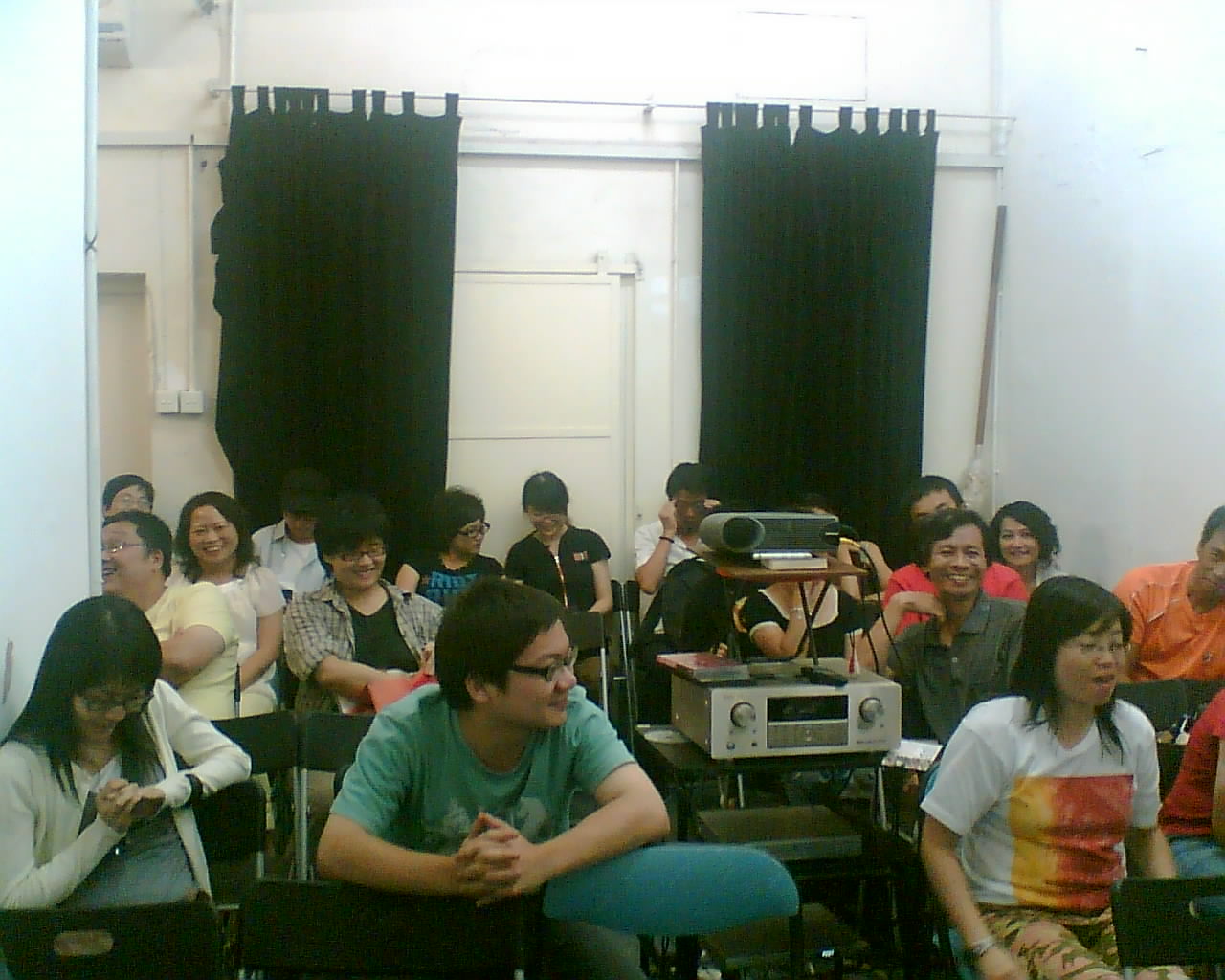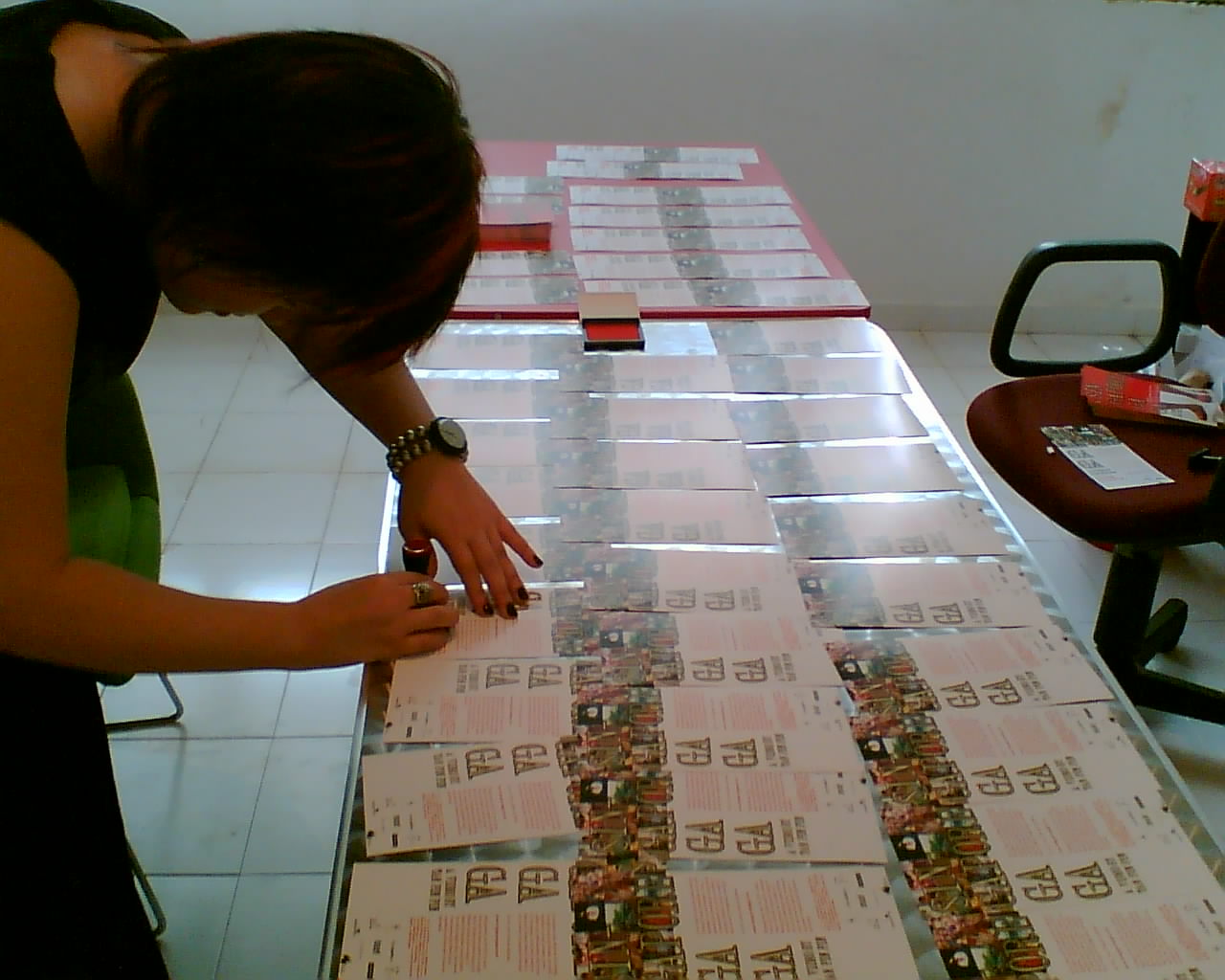So you realise, a little late in life, after wondering around a bit that you really want to be a movie director, but you have no idea how to get started. With all the buzz surrounding the setting up of the Graduate NYU Film School in Singapore perhaps its opportune to reflect on the notion of film education. Starting from nothing, if one wanted to work in film industry, be a director, is film school the best place to learn about filmmaking and to get into the film industry? Or does it make more sense to apprentice oneself to a filmmaker/editor/producer to learn the chops from them which was how most people learnt about filmmaking in the pre film school days. I was faced this forked path when I realized that I wanted to become a filmmaker in the mid 90�s. At that time, no tertiary film school existed in Singapore (Ngee Ann Polytechnic had just opened, but I felt too old to be making films with 17 year olds). I decided that the best way for me to learn about filmmaking was to throw myself at the feet of Hou Hsiao Hsien hoping that some of his skill would percolate down to me or to apprentice myself to the drama department in Television Corporation of Singapore (TCS, the only TV station in Singapore). The former did not work out so I joined the latter.
Later when I realised that working in television making Triple Nine and Under One Roof did not further my filmmaking dreams did I apply to study for an MFA in film at Northwestern University. Since I learnt the craft under different regimes, I can shed some light on the film education process.
In the best case scenarios, film schools (or education for that matter) allow you to find your voice and they also provide a supportive environment to help you develop it. That was why, although I enjoyed my time making Under One Roof, I had to leave Television. The harsh daily grind of TV-making was killing my voice I had and I had leave to save it. I decided to enroll myself in film school, to not just learn the technical side of things, but to set time aside to help me define, refine my filmmaking voice in a structured environment.
If you are not an autodidact like me then which film school should one go to? Obviously cost is a factor and I will come to that later. The other factor is fit. Different film schools have different emphases. Some are strictly narrative where it is not uncommon for thesis films to cost USD 30,000, be shot in 35mm film. Others are less rigid. The best way to decide which school is for you is to see their students’ graduation films to see if you identify with it. For example, a person like Wong Kar Wai, had he gone to film school would NOT have come out of a film school like NYU, Columbia, UCLA (those schools have a strong focus on script which would have beaten the lets-make-it-up-as-we-go-along inclinations out of him in year 1). He would probably have come from a school like the Art Institute of Chicago which is also the school which Apitchatpong (Blissfully Yours) graduated from. So if you find yourself with a WKW personality, an Art Institute type school would have supported that way of filmmaking.
My references are USA-centred, but one should certainly look to UK, Australia (Unversity of Technology, Sydney has a great films coming out of it), Lodz Film school, Poland, the Beijing Film academy and Hong Kong City Unversity Film School, just to name a few. I myself wanted to go to film school in Japan but I blew the scholarship interview. The other film school I also explored was in Cuba, because I was very impressed by the films of Santiago Alvarez, he who could out of a few stills make the most moving polemical documentaries. At the back of my mind, I was keen on film schools set in cultures I was unfamiliar with, had small or non existent film industries but a thriving underground one. This meant that its filmmakers were more creative in not just getting their films made, but shown as well. They could out of necessity, like Santiago Alvarez say a lot more with a lot less and I wanted to learn from them.
In the end, I decided that Northwestern was best for me, not just because of the scholarship that was offered, but that I fell in love with Chicago. Still, I wonder what kind of films would I be making now if I went to film school in Japan or Cuba.
The other thing is cost. Unlike an MBA from a tier 1 university, which pays for itself 2-3 years after graduation. When you graduate from film school with a Tier 1 MFA, you start at entry level salaries of a fresh graduate or lower. So, if you are going to have to blow a USD 120,000 loan going into a Tier 1 MFA film school in the USA, don�t do it. It will take you many years to pay off the loan and that delays any further plans of auteurship that you may have had in mind, plans that led you to going into film school in the first place.
There are other ways of course, you could find a cheaper film school or win a scholarship. For me, if I didn�t get the Northwestern scholarship, I would have used a fraction of that money to make films and to learn from them. To become a filmmaker, observing others doing it, making one�s own films and watching and reading about films is really the best way. You could do this in a film school (has equipment, crew) or you could do this outside. For every Spike Lee who went to film school, there are others like Amir Mohammed, Martyn See, John Woo and WKW who didn’t. Point is, the benefit has to be balanced with cost, in terms of money and its collary, time.
And so, I ended up in the US, at a school which has a very strong industry focus, but interestingly it also had a very strong experimental niche within its ranks. Added to that, we were surrounded by a world class film history faculty due to our close proximity with the University of Chicago. In searching and refining my filmmaking voice, I was exposed to the best of different kinds of films and non-films so my filmmaking world view expanded exponentially. No longer was film just about what one saw in the cinemas, it grew to encompass installations, new media, theatre and various other expressions of life. I learned how amorphous rules are and how often they are the product of historical and cultural factors that are constantly being re-exammined and changed. I also learned that I could be a force in that change. Through Northwestern, I found myself at ease in the art world, in the film world and also in the TV world. The breadth of my filmmography, award winning documentaries with Discovery Channel, installations (80kmh, 9th August) and also independent documentaries (Singapore GaGa, Invisible City) is a result of this exposure.
A little caveat, film school is not for everyone. If you already have a very strong voice and know exactly what you kind of films you want to make, you may find school’s structured environment oppressive. I had friends who hated the film history or film theory class requirements. They felt that these classes got in their way of filmmaking. If you have a one-track mind, find a one track film school, or just make films and get on with it.
The above post pertains to film school at graduate level where the applicant is alot clearer about what she wants from life. My views on film schools at undergraduate level deserve another post
10 reasons to go
10 reasons not to go
or …if you are looking for short film courses, apart from those conducted by DMA, Objectifs�, look to the plethora of short film/video courses conducted by Australian Film and TV School . I attended the course by Rob Marchand on directing using Mike Leigh�s Method of improvisation, it is highly recommended. He was able to articulate the craft very well. NFTRS (UK) has a similar short course programme. Singaporeans can apply for MDA�s capability Development scheme for partial funding.












